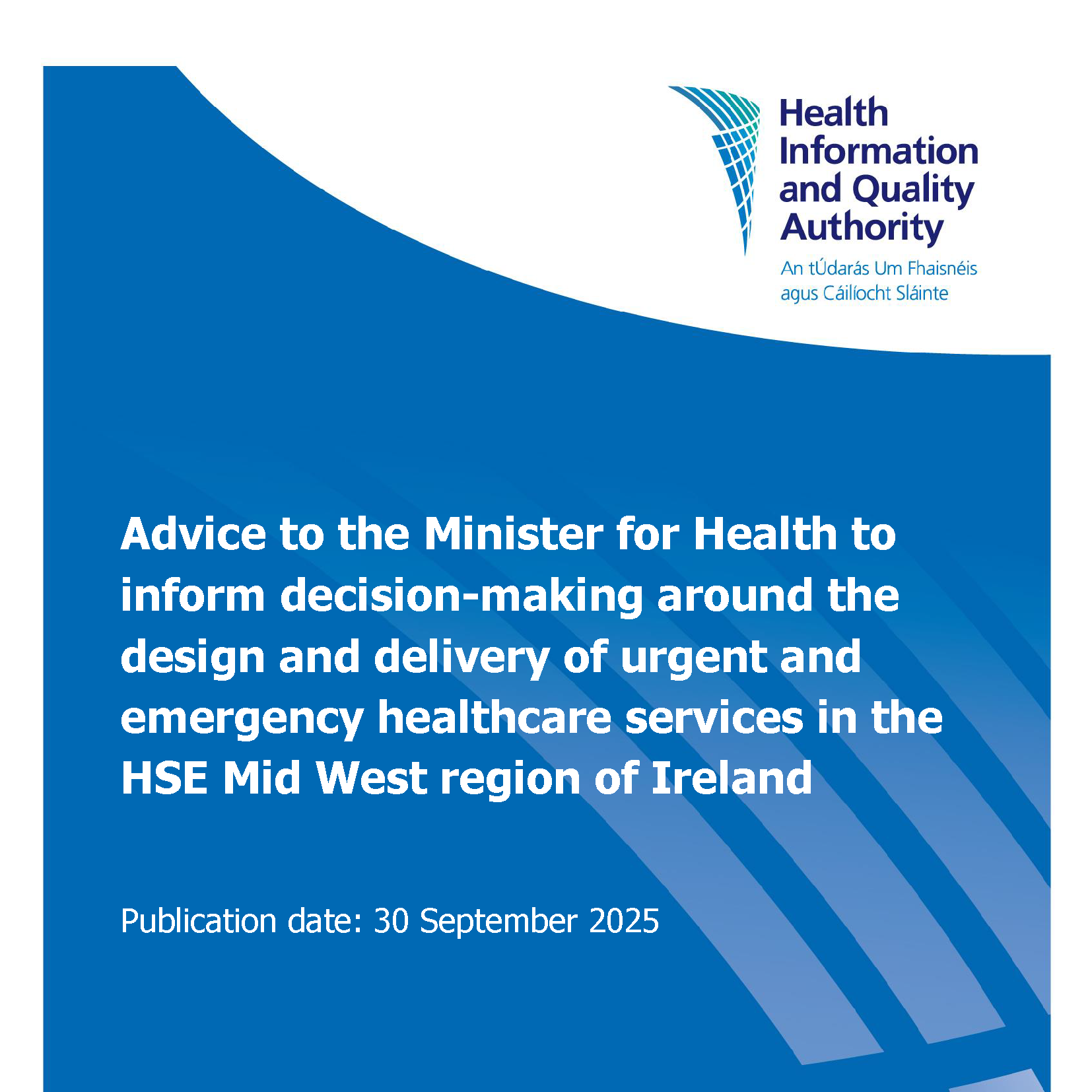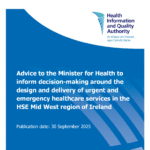The Irish Association for Emergency Medicine (IAEM), the representative expert body for Emergency Medicine in Ireland, strongly endorses the findings and particularly the recommendations of the HIQA Independent Review into the delivery of Urgent and Emergency Healthcare services in the HSE Mid-West region. IAEM emphasises that a delivery plan for beds in both the Mid-West region and across Ireland is needed urgently to reduce avoidable deaths. This requires expedited planning, procurement and delivery similar to what happened during Covid. The Association warns that promises of a new Model 3 hospital or new hospital sites will create the illusion of progress but meanwhile ‘Rome is burning’ – patients need inpatient beds now, not in 5 or 10 years’ time. Ambitious plans are needed to deliver bed capacity on the UHL Dooradoyle site – build up, build out, but most importantly build now.
To be effective and safe, Emergency Departments (EDs) and expert emergency staff work as part of an Acute Floor with different teams of expert doctors, nurses and therapists providing acute medical assessment, acute surgical assessment, Paediatric and Geriatric Emergency Medicine, rapid access chest pain assessment, gastrointestinal bleeding pathways, major trauma pathways, stroke pathways, interventional radiology pathways, etc. These are feasible in high volume EDs and this is standard of care internationally. Establishing smaller EDs that do not and cannot provide this depth of expert complex care is confusing to patients who should be able to expect this level of service when they attend a facility signposted as an Emergency Department.
IAEM recognises the vital role that Model 2 hospitals play in the delivery of integrated care, allowing care for those with less complex conditions and those who need rehabilitation be provided closer to home. Ensuring that these facilities continue to provide this care and, where necessary, expand in line with projected demand is vital to the functioning of our Emergency care system including our EDs. Thus St. John’s, Ennis and Nenagh Hospitals can support the creation of bed capacity at UHL by offering rehabilitation and scheduled care, as well as ongoing care to patients in their post-acute journey to recovery. For patients to transition seamlessly to such facilities there needs to be early engagement and planning with the patient and their families, which is time consuming and requires investment. There also needs to be reassurances that the available therapists, nurses and doctors are available at the Model 2 hospitals so that the patient’s journey is enhanced and not disadvantaged by the move.
While IAEM has long recognised that the Mid-West has a more significant bed capacity deficit than the rest of the country that needs to be fixed immediately, the remainder of the government’s Inpatient Bed Capacity Expansion Plan (2024-2031) must also be actioned immediately and proactively to create capacity in the acute hospital, rehabilitation and community care settings for an aging and population with more complex conditions. Without this immediate action, the devastation of further unnecessary deaths is inevitable for families.





